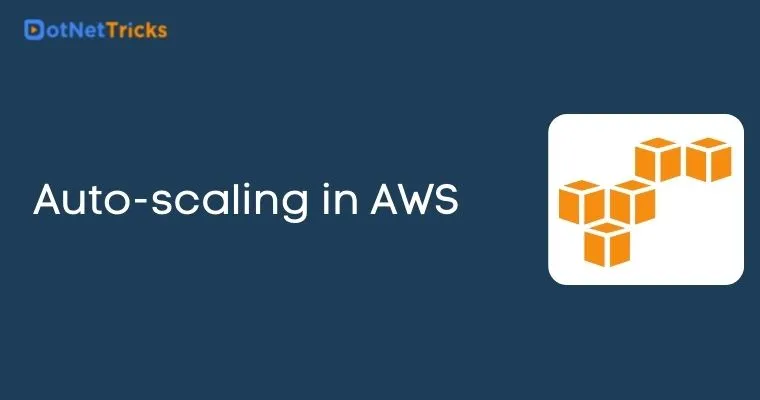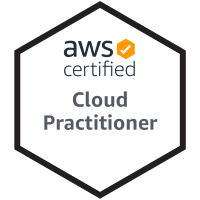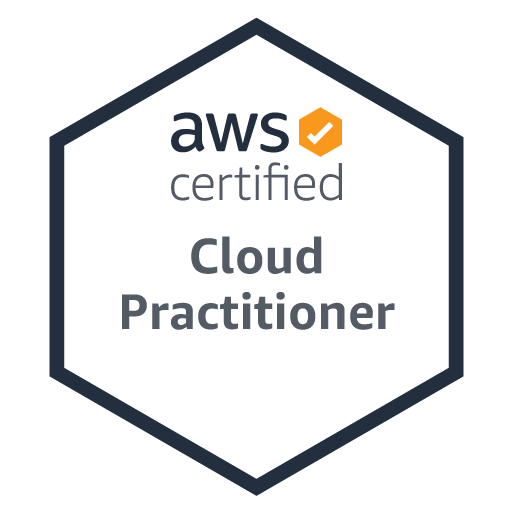18
AprAuto-scaling in AWS
Maintaining the steady, reliable performance of any app is inevitable. The Auto-scaling in AWS monitors applications and automatically varies the capacity for stabilizing the performance. It does this at the most reasonable price. With the help of AWS Auto Scaling, it is quite simple to set up application scaling for various resources over various services, within minutes.
With this service, you can easily configure a unified scaling policy for every application source. The example includes a set of resource tags or an AWS CloudFormation stack. Subsequently, you can add each expansible resource that lets your application work according to the scaling plan. Moreover, it delineates the utilization targets depending on which resources must be scaled. The user has the freedom to prioritize any of these –cost optimization, application availability, or a blend of the two.
The service of AWS Auto Scaling offers an easy-to-use, efficient user interface allowing you to build the scaling plans for resources like Amazon ECS tasks, Amazon EC2 instances and Spot Fleets, Amazon Aurora Replicas, and Amazon DynamoDB tables and indexes. Moreover, this service simplifies scaling with recommendations that let you optimize the costs and performance of an app. You may be already utilizing the Amazon EC2 Auto Scaling to powerfully scale your Amazon EC2 instances. Under such cases, it is possible to incorporate the AWS Auto Scaling feature to extend extra resources for some other AWS services.
One of the best aspects of AWS Auto Scaling is that your applications would always gain the appropriate resources at the correct time. Another speciality is the service provides recommendations for the scaling policies depending on thresholds and metrics that are well-known among the AWS users. Furthermore, it allows you to envisage resource utilization over multiple services in a unified user interface. The AWS certification course highlights the details on AWS Auto Scaling and how it is useful.
When to use AWS Auto Scaling?
If you have an application that uses single or multiple resources and if the application faces adjustable loads then you must use AWS Auto Scaling. For example, an e-commerce web application that obtains adjustable traffic during the day.
This kind of application follows standard 3-tier architecture through Elastic Load Balancing for allocating incoming traffic DynamoDB for the data layer as well as Amazon EC2 for the compute layer. For this case, the AWS Auto Scaling scales single or multiple EC2 Auto Scaling groups as well as DynamoDB tables which run an application in retort to the needs. When you learn AWS Step by Step, you can know when to use this service.
How to get started with Auto-scaling in AWS?
Use Command Line Interface (CLI) or AWS Management Console or SDK to get started with the AWS Auto Scaling. This feature enables you to choose your applications depending on the AWS CloudFormation stacks or resource tags.
Within a few clicks, it is easy to design a scaling plan for an application. This plan delineates the way how every resource within your application must be scaled. Moreover, AWS Auto Scaling makes a target tracking scaling policy for each resource. It makes this policy with the well-known metric for the particular resource type. Also, it retains it at a target value depending on your chosen scaling tactic. 3 scaling recommendations help you set the target values for resource metrics. These recommendations are responsible for the optimization of costs, availability, or stabilizing the two. Alternatively, you could define your target values. For the particular resources, AWS Auto Scaling automatically assigns the minimum and maximum values.
AWS Auto-Scaling Benefits:
With so much hype around the AWS Auto-scaling, the question arises on what are its benefits. Let’s look at some of its benefits:
- Performance maintenance:
With Auto Scaling in AWS, you can upkeep the optimal performance and availability of your application. This holds true even when the workloads are interrupted, irregular, or constantly changing. This feature constantly supervises your applications to ascertain that they are running at your anticipated performance levels. Whenever the demand rises, the AWS Auto Scaling automatically raises the potential of controlled resources. Hence, there is no compromise in the quality of service.
- Cost-effectiveness:
One of the key benefits of using the Auto Scaling feature in AWS is affordability. You only need to pay for what features you need. This service lets you optimize your usage as well as cost efficiencies. Just pay for the resources you need. If the demand declines, the Auto-Scaling in AWS automatically discards any additional resource capacity. Hence, you need to pay excessively for the resources you don’t use. Furthermore, this service is free to use.
iii. Quickly deploys scaling:
The Auto-scaling in AWS allows you to set target usage levels for various resources in a unified interface. This interface is user-friendly and easy to use. Instantly, you can observe the typical usage of all your scalable resources. No need to browse through other consoles.
To understand, for instance, your application may use Amazon DynamoDB and Amazon EC2. In that case, use the AWS Auto Scaling service to deal with resource allocation for every EC2 Auto Scaling group as well as database tables within your application. In the AWS learning path, there is a glimpse of how scaling deployment is accomplished quickly.
Availability of Auto-scaling in AWS based on location:
Availability of Auto-scaling in AWS based on location:
- Asia Pacific (Mumbai)
- Asia Pacific (Seoul)
- Asia Pacific (Tokyo)
- Asia Pacific (Sydney)
- Asia Pacific (Singapore)
- Canada (Central)
- US West (Northern California)
- Europe (Frankfurt)
- Europe (London)
- EU (Milan)
- EU (Paris)
- US East (Ohio)
- US East (Virginia)
- US West (Oregon)
- EU (Ireland)
Price of AWS Auto Scaling:
This service is available at no extra charges. You only need to pay for the AWS resources required to operate the application and fees for the Amazon CloudWatch monitoring. Since this service is enabled by Amazon CloudWatch, the service fees are applicable for the CloudWatch and also for your application resources. Examples of application resources include Elastic Load Balancing load balancers, Amazon EC2 instances, and more.
Take our Aws skill challenge to evaluate yourself!

In less than 5 minutes, with our skill challenge, you can identify your knowledge gaps and strengths in a given skill.







